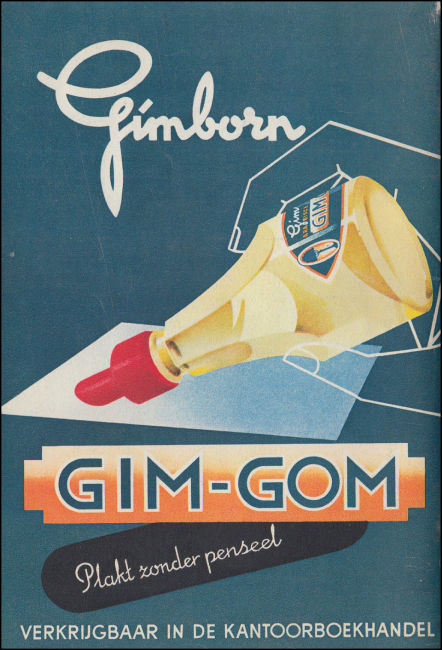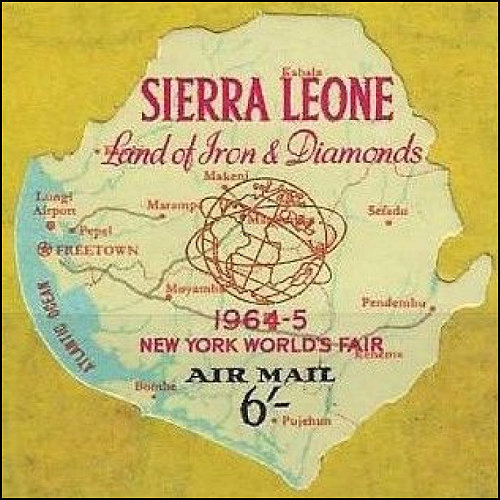The other side
As motorcycle philatelists, we first look at the image on the stamp and what kind of motorcycle it depicts. But there is also another side of the stamp: the back.
Traditionally, an adhesive was applied to the back (although there were some stamp issues without it) which mainly consisted of gum.
A stamp must be able to be attached to a letter. This can be done with the help of gum. There are two types of gum: gum that needs to be moistened to make it stick and self-adhesive gum.
Development:
In the beginning, the gum was applied to the stamp sheets with a brush. This was done after printing but before perforating. Later, machines were used to apply the gum. This mechanical process is very similar to the way the ink is applied to paper when one side of the paper needs to be colored.
In the early years, gum arabic was used, but from about 1970 synthetic gum was applied to the stamps. Some readers remember the jars of gum arabic that were sold (at least in the Netherlands) under the name Gim Gom.

Nowadays printers rarely apply the gum themselves. The gummed stamp paper arrives at the printing company ready to print.
Gum:
Gum arabic is made from a substance extracted from the acacia tree. In its pure form it is transparent, but if the gum is less well refined it has a yellowish tint.
Gum cracking often occurs in older gummed stamps. Particularly with thick layers of gum. This is caused by changing temperature and humidity of the air. This creates tension between the paper and the gum layer, causing cracks.
Self-adhesive stamps:
These first appeared in 1964, a Sierra Leone issue.

This was done because of the humid tropical climate. But it took some time before this became customary. For example, the first self-adhesive stamp in the USA was not released until 1974. And in the Netherlands it was only in 1995 that a stamp booklet with December stamps with a self-adhesive back was issued. The sale was a success, but not with collectors. What turned out? The glue dried out, causing the stamps (also unused ones) to come loose, so the question arises whether they are still in mint condition?
The standard for mint condition is that the stamps are still in the same condition as when they were sold at the post office. So stamps that no longer stick are by definition not in mint condition.
Self-adhesive stamps apparently have an expiration date. After a few years, many stamps come loose, and then they are unused but no longer mint. But it seems that better glue has been used in recent years. Time will tell.
The disadvantage of used self-adhesive stamps is that they are difficult to remove from the envelop, and still have glue residue on the back. This can be remedied with trickery, such as white spirit and talcum powder, but it does not make it any easier to get them off.

All in all, there is still work to be done by the postal services with regard to the (self-adhesive) back and the philatelic collection. Hopefully this will take a positive turn again in the future, so we can keep on sticking in the normal way.
Hans Baartman
Top - Back to former page - Home |